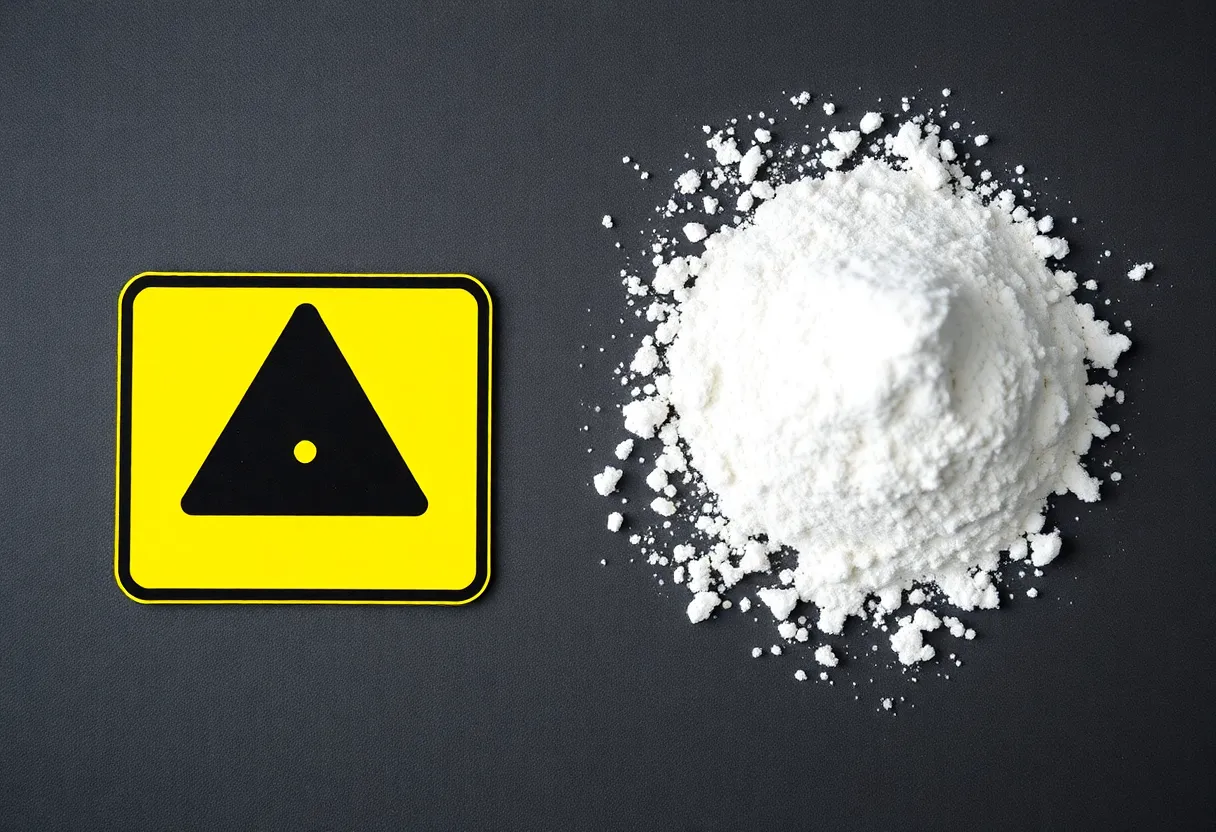News Summary
Recent FDA panel discusses health risks linked to talc use in consumer products, including potential cancer connections.
The Hidden Dangers of Talc and Its Connection to Cancer Risks
In a recent meeting, leading scientists and doctors convened with officials from the U.S. Food and Drug Administration (FDA) to address the lurking dangers of talc, particularly its potential links to serious health issues such as mesothelioma and ovarian cancer. This urgent gathering, known as the FDA Expert Panel on Talc, set out to explore the significant public health risks associated with the continued use of talc in a variety of consumer products.
Talc’s Widespread Use in Consumer Products
Talc is commonly found in a wide range of products, including cosmetics, baby powder, and even certain foods and medicines. Many individuals may be surprised to learn that common medicines like Lipitor, Synthroid, Prilosec, and Neurontin contain talc. Even foods such as gum, candy, cheese, flour, and rice may contain talc, and intriguingly, food labels do not require these ingredients to be disclosed, leaving consumers largely in the dark.
Asbestos Contamination: A Major Concern
The primary concern surrounding talc is its potential contamination with asbestos, a substance inherently linked to deadly diseases, including mesothelioma. When mined, talc can be located near asbestos deposits, making it susceptible to contamination. This poses a significant risk to the public’s health and safety, particularly as awareness of this problem grows.
Rising Cancer Risks Even Without Asbestos
Expert consultations during the FDA panel suggested that talc might still present cancer risks, even in products that are certified free from asbestos. Researchers cited potential long-term inflammation and carcinogenic properties associated with talc, raising alarms over its usage in everyday consumer goods. This news has shaken public trust, prompting many to reconsider their choices regarding beauty and hygiene products.
Legal Consequences for Major Corporations
As a direct consequence of these health concerns, major companies, such as Johnson & Johnson (J&J), have faced thousands of lawsuits relating to health complications attributed to talc exposure, particularly concerning mesothelioma and ovarian cancer. Allegations indicate that these companies were aware of the risks associated with asbestos-contaminated talc but failed to inform the public adequately.
Future Regulations on Talc
The FDA Expert Panel’s discussions may pave the way for new regulations surrounding the usage of talc. Panelists have urged companies to consider discontinuing talc in favor of safer alternatives. The FDA Commissioner has emphasized the need to scrutinize the health risks of talc products, especially for children, thus shedding light on this issue which has been recognized as a potential carcinogen for over four decades.
Increasing Scrutiny on Talc in Food Products
Attention has also shifted towards the use of talc in food products as increasing cases of gastrointestinal cancers among young people emerge. The FDA has been called upon to continue investigating the presence of talc in the food supply and to inform the public about its findings. This focus on consumer safety aligns with ongoing discussions about monitoring cosmetic ingredients more stringently.
Emerging Safer Alternatives and Consumer Choices
As the debate surrounding talc intensifies, consumers are encouraged to prioritize their health by choosing products labeled as talc-free and researching manufacturers’ testing for possible asbestos contamination. The rising demand for eco-friendly brands and transparent ingredient lists has prompted a growing number of countries to consider banning talc altogether due to public health concerns.
Alternative Baby Powder Options
Parents, in particular, are being urged to consider safer alternatives to talc-based baby powders. Options such as cornstarch-based powders have gained popularity, as pediatricians express concerns over the potential lung hazards posed by talc for infants. Furthermore, the American Academy of Pediatrics has recommended against the use of talc in nursery settings due to these risks.
Continuing Research and Consumer Awareness
As research continues into the potential carcinogenic effects of talc in both cosmetics and medicine, it is crucial for concerned consumers to stay informed about ingredient safety. Many are advocating for clinical trials to assess talc’s health impacts further, fostering a movement towards more informed consumer choices and heightened scrutiny on product ingredients.
The hidden dangers of talc are becoming increasingly clear, and public awareness is vital as conversations around safety and health continue to unfold.
Deeper Dive: News & Info About This Topic
HERE Resources
Paradise Hills Pool Shuts Down for Mold and Asbestos Cleanup
South Carolina Supreme Court Delivers Major Blow to Atlas Turner in Asbestos Case
Paradise Hills Pool Set to Make a Splash Again After Closure
Shock Charges Filed Against Philadelphia School District Over Asbestos Hazards
Wallace Family’s Nightmare: Asbestos Scare Forces Evacuation
Philadelphia’s Public Schools Hit with Federal Criminal Charges Over Asbestos Inspections
Rumors Swirl as EPA Considers Reversal on Asbestos Ban
The Uncertain Future of Asbestos Regulation in the U.S.
The Silent Danger of Asbestos Exposure: Urgent Need for Legal Action
Back to a Dangerous Past: The Asbestos Debate Intensifies



















